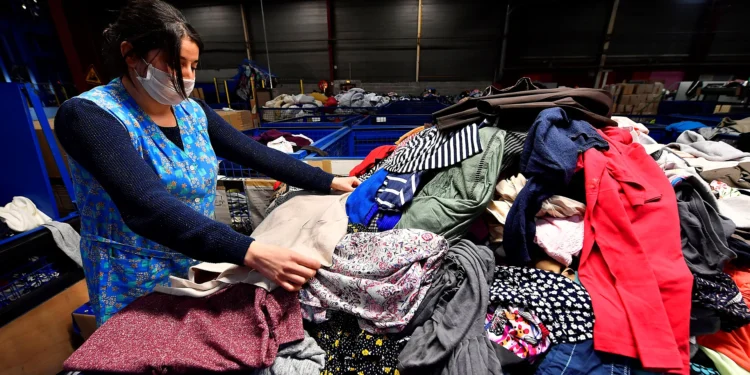In today’s world, where environmental concerns are at an all-time high, textile recycling plays a crucial role in reducing waste and conserving resources. With millions of tons of clothing and fabric discarded each year, finding sustainable ways to manage textile waste is essential. Companies like Green City Recycler are leading the charge in promoting textile recycling, ensuring that used clothes, linens, and fabrics get a second life instead of ending up in landfills.
Why Textile Recycling Matters
The fashion industry is one of the largest contributors to environmental pollution. The production of textiles requires significant amounts of water, energy, and raw materials. When these textiles are thrown away, they contribute to landfill waste, releasing harmful greenhouse gases as they decompose. Recycling textiles helps mitigate these issues by:
- Reducing Landfill Waste – Millions of pounds of textiles end up in landfills every year. Recycling diverts these materials and extends their usability.
- Conserving Natural Resources – The production of new textiles consumes vast amounts of water and energy. Recycling reduces the demand for virgin materials.
- Lowering Carbon Footprint – Textile recycling reduces greenhouse gas emissions associated with textile production and waste decomposition.
- Creating Jobs and Boosting the Economy – The recycling industry creates employment opportunities and promotes a circular economy.
The Process of Textile Recycling
Recycling textiles involves several steps to ensure that materials are properly sorted, processed, and repurposed.
- Collection and Sorting
- Used textiles are collected from donation bins, recycling centers, and organizations like Green City Recycler.
- Items are sorted based on their condition and fabric type.
- Processing and Repurposing
- Wearable clothes are sent for resale or donation.
- Unwearable items are broken down into fibers for reuse in industrial applications, insulation, or new textile products.
- Reintegration into the Market
- Recycled materials are used to produce new fabrics, carpets, upholstery, and even automotive insulation.
How You Can Contribute to Textile Recycling
As consumers, we have the power to make a difference by adopting responsible recycling habits:
- Donate Gently Used Clothing – Instead of discarding old clothes, donate them to organizations that support textile recycling.
- Use Recycling Bins – Many cities and businesses offer textile recycling bins for easy disposal of unwanted fabrics.
- Buy Sustainable Fashion – Support brands that use recycled materials and follow ethical production practices.
- Repurpose Old Textiles – Get creative by turning old t-shirts into cleaning rags, bags, or even DIY crafts.
Green City Recycler: A Leader in Textile Recycling
Green City Recycler is dedicated to sustainable textile recycling, offering collection bins and programs to reduce textile waste. By working with communities, businesses, and individuals, they help keep millions of pounds of textiles out of landfills. Whether you’re looking to recycle your old clothes or learn more about sustainable textile practices, Green City Recycler provides an accessible and eco-friendly solution.
Final Thoughts
Textile recycling is a crucial step toward a greener future. By reducing landfill waste, conserving resources, and supporting sustainable fashion, we can all play a role in protecting the planet. Whether through donation, repurposing, or utilizing services like Green City Recycler, every effort counts in making textile recycling a global priority.

























